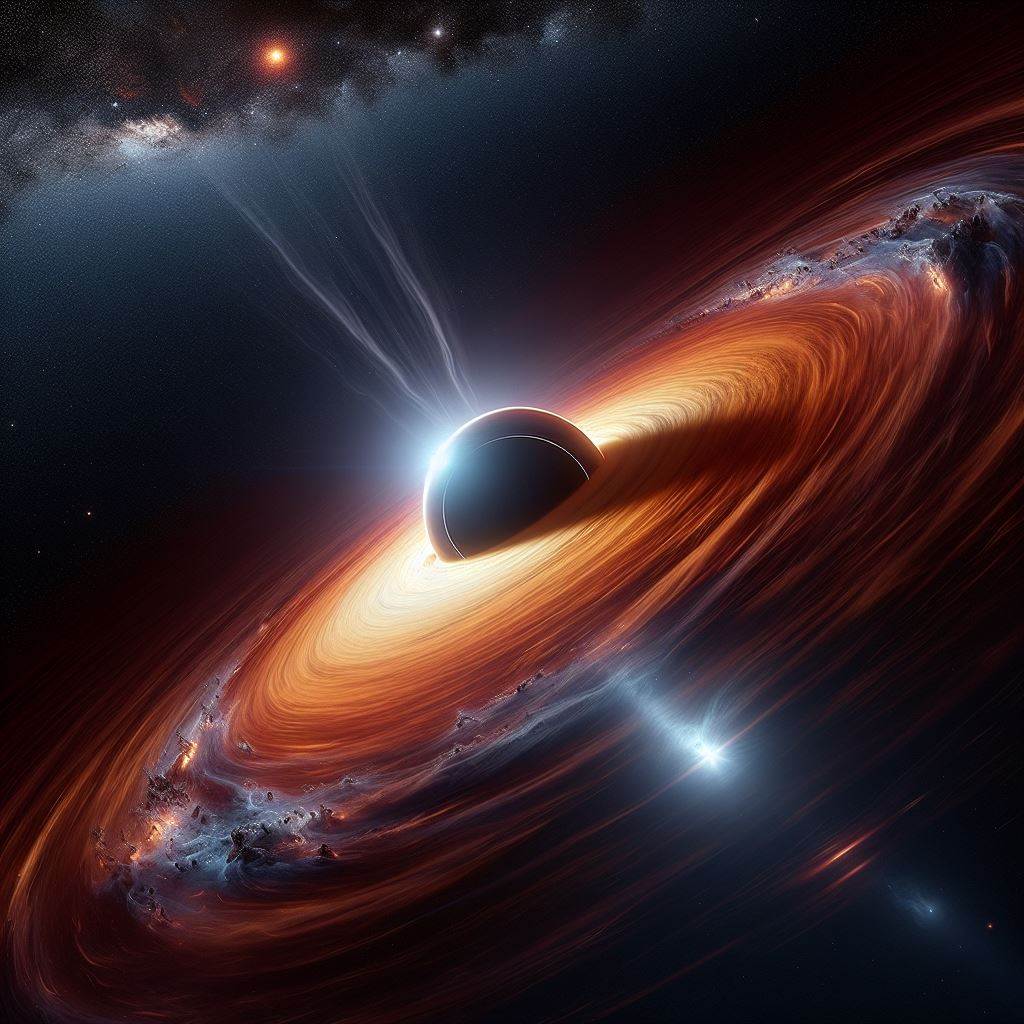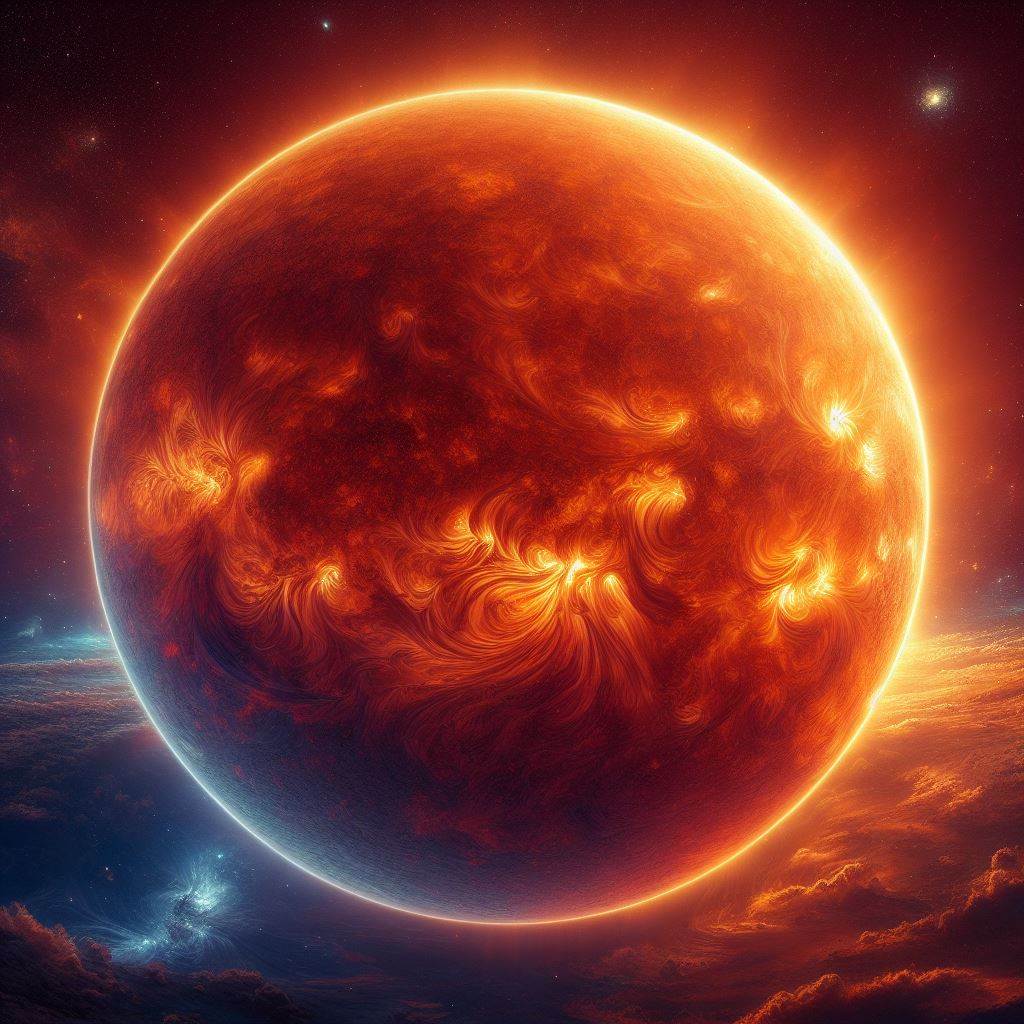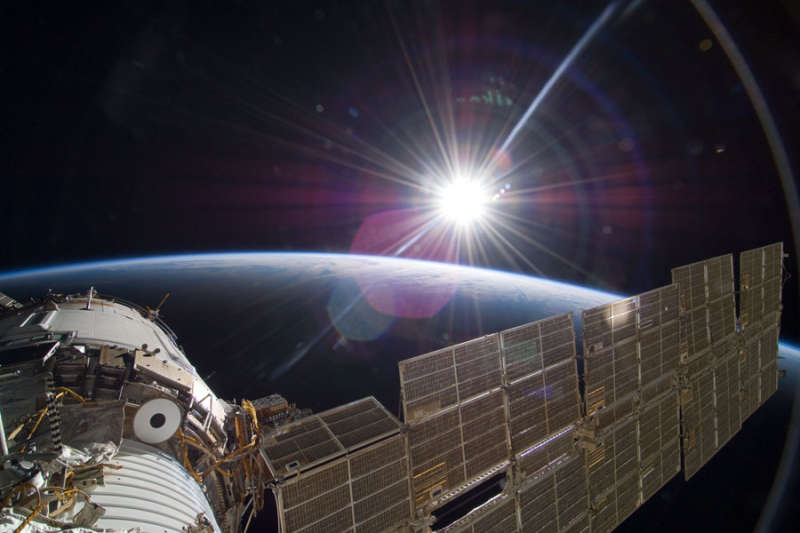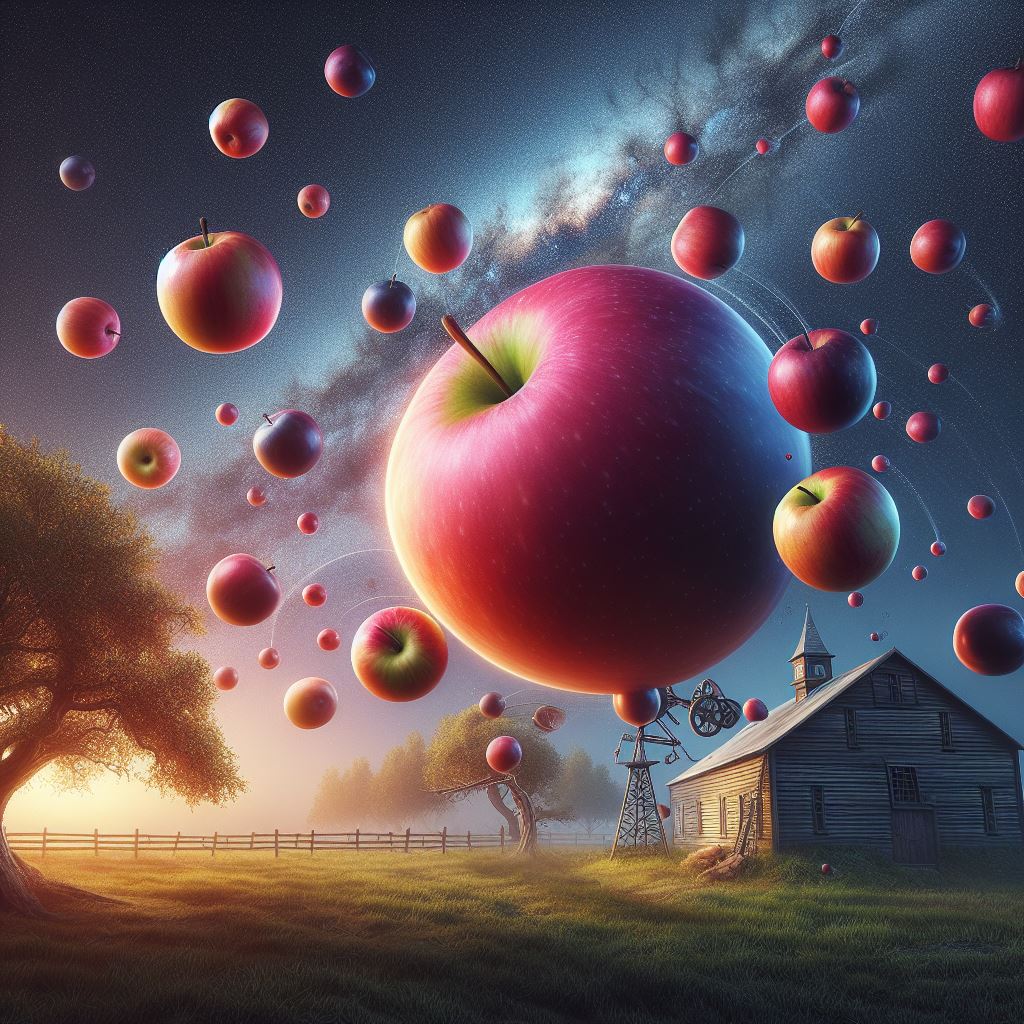This will be my final blog for this course. I just want to say that I learned so much, and I am grateful for what I learned. My eyes have been opened up, and I learned so much information that I never knew. My favorite part of this course was the actual observing of celestial bodies. It was my first time seeing Jupiter that day, and I was just in awe that we are in the same solar system as that gaseous beauty. This course really taught just how small and insignificant we appear to be compared to the universe. I am just a tiny human on a tiny world moving through the vacuum of space. But we are all tiny humans on a tiny world moving through the vacuum of space, so I guess that makes us somewhat special.

by me
Here is the picture of Jupiter I took on my phone. Hopefully I can purchase a telescope to get a better looking picture, and maybe even look at the other planets.












